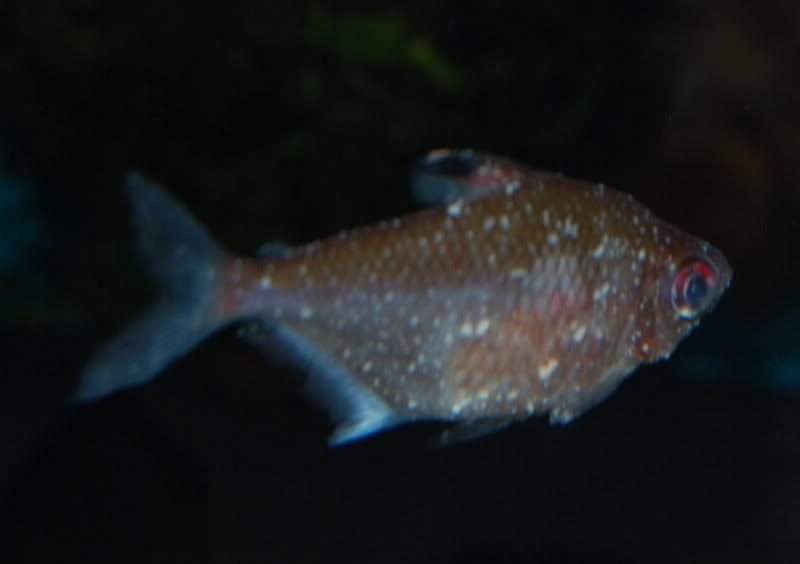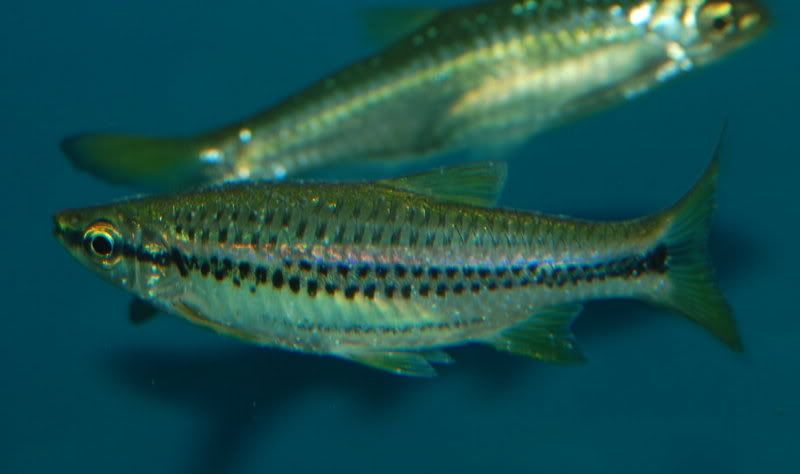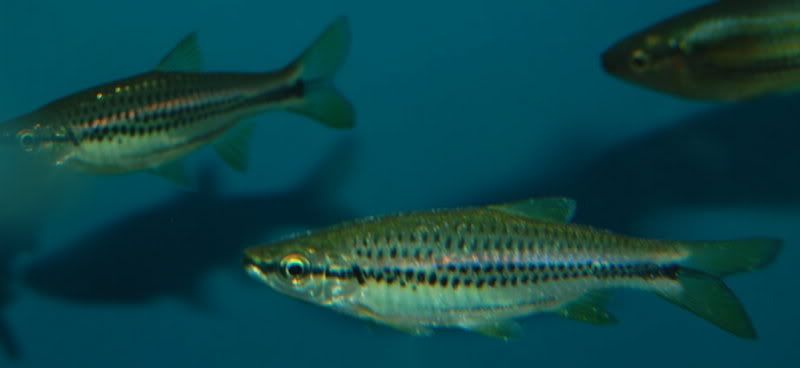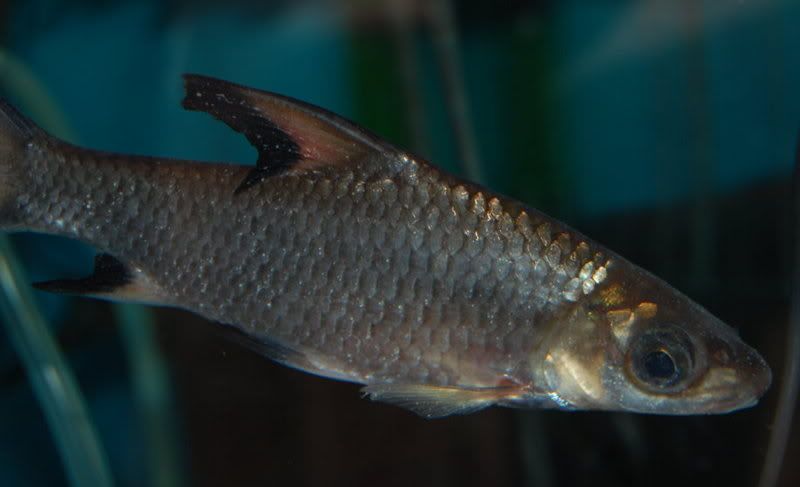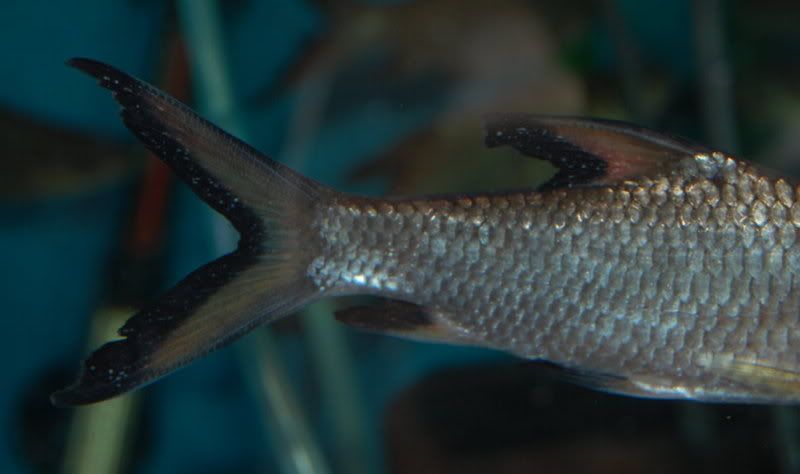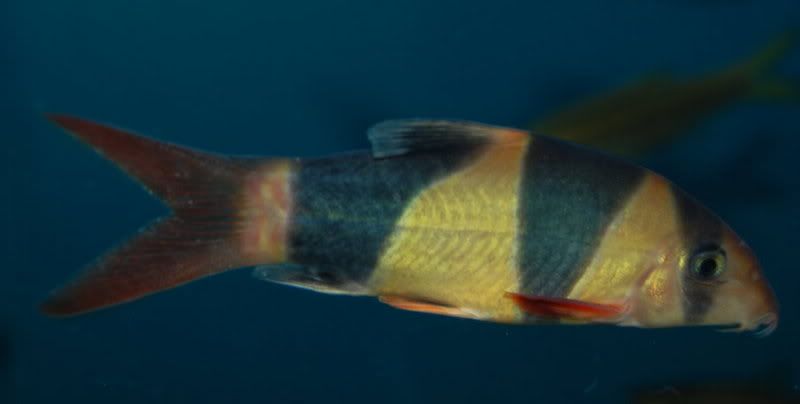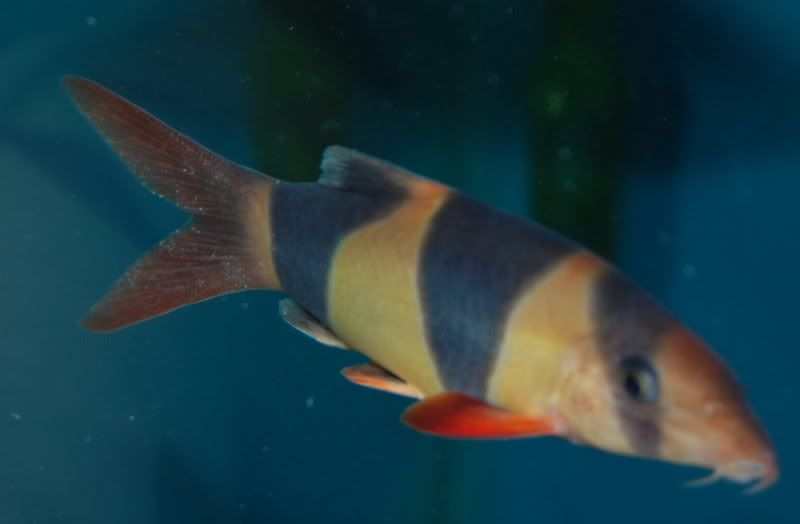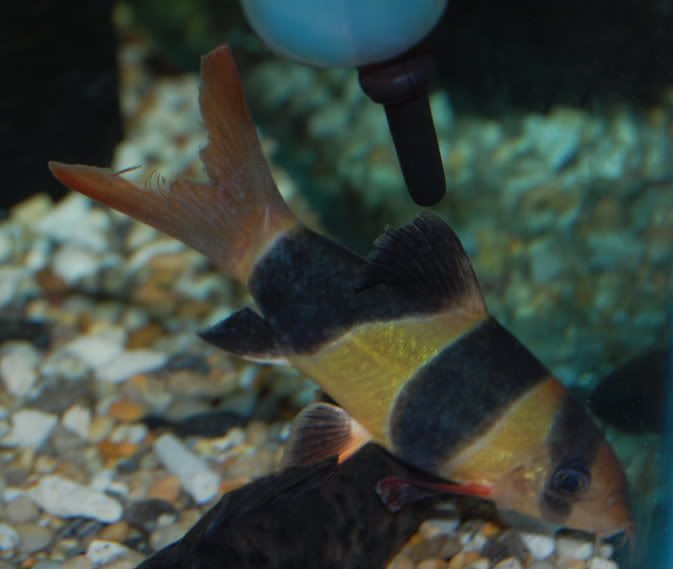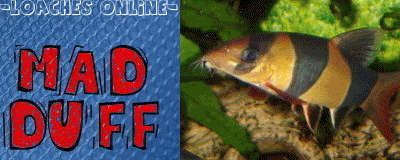So sorry to hear this Mark! Below is a little interesting information from
Dr. Erik L. Johnson, Veterinarian and Fish Health Specialist. 2/29/96:
Freshwater Ich (Ichthyophthirius multifilis) is a ciliated protozoan that encysts under the epidermis of the fish; and, in its encysted condition, causes small white spots all over the fishes body and fins. In some cases, Ich spots may be present, but will not be visible. You may still see them under the scope, or you may see them exclusively on the gills. This is how infected fish may get into a tank without being detected, even if quarantined for a period of time. Asymptomatic carriers can sustain a population of Ich in a tank or pond for an indefinite period. Sometimes an owner will purchase a new fish who, being immunologically naive to Ich, will contract the condition immediately upon introduction to an 'endemic' (already infected but asymptomatic) group of fish. If a fish contracts Ich, and survives without treatment, they have shown strong immunity to re-infection, indicating that the potential for a vaccine exists, and is being worked on at University of Georgia and other institutions...
Ich rapidly kills smaller tropicals and goldfish, while often sparing the larger varieties (fish such as Oscars and Koi). Damage to the gills is the primary way it kills, but damage to the skin with secondary bacterial infection may also figure prominently.
Its life cycle is roughly 2-5 days, but can be longer (5+ weeks!) if the water is cool, much shorter if the water is warmer. There is the old rumor that warm water eradicates it. This is substantially true when temperatures exceed 85 degrees, however; there are strains coming out of Florida and detailed by researchers at University of Florida that can survive and thrive up to NINETY degrees or more! Recall that many of our bread and butter species of tropicals come from Florida, and so may harbor this heat tolerant strain...
Interestingly, some research at Oklahoma has revealed a strain of Ich that does not have to leave the fish and whose Ich packet (trophozoite) remains under the epidermis (safe from medications) and the tomites swarm out under the epidermis. The lesions look much like Carp Pox lesions, being large, flattened, and waxy looking. This parasite is harder to clear because it is the free swimming tomite that we can kill with medicaments.
Prevention is attended at the wholesale level by the maintenance of a 0.3% salt solution which crenates (kills) the emerging tomites. We do not recommend that you as a hobbyist maintain this salt level all the time because live plants can be killed by this, and all species of fish are NOT universally tolerant of this. Still, many have found that salt is a very effective annihilator of Ich infections if normal precautions are observed.
Considering you have high temp already the reproductive cycle of the parasite is likely very fast and the parasite is proliferating rapidly.
You mentioned that some fish are asymptomatic. When you had ich before is it possible that any of those fish were 'cured?' If so, they may have an immunity that the other fish do not.
Melafix has antibacterial 'properties', but is not an effective antibiotic. For your clown that developed the serious fin rot overnight I think you are looking at a real bacterial infection. Did this clown have spots on the tail that you had noticed previously? Given the rapid loss of fish after you noticed the fin issue, I think you should consider a concurrent antibacterial treatment.
It seems you must have some 'carriers' in your fish population. It doesn't just 'appear' from nowhere, though it may seem so, especially in your case.
....
I think you are wise to have lowered the temp. If you have a heat resistant strain the higher temp only makes them reproduce more rapidly, stresses the fish more, and is ineffective in the long run, anyway.
btw...salt at 1 tsp/5 gallons can be very effective at making your fish more comfortable, at least in this serious proliferation stage. I'd consider using it in this case for several days and then lowering the concentration via water changes once you begin to see some improvement. Daily wc's and gravel vacs are a must for the next several days.
Geeze, I am sorry to hear this. I know what it's like to lose large clowns.

